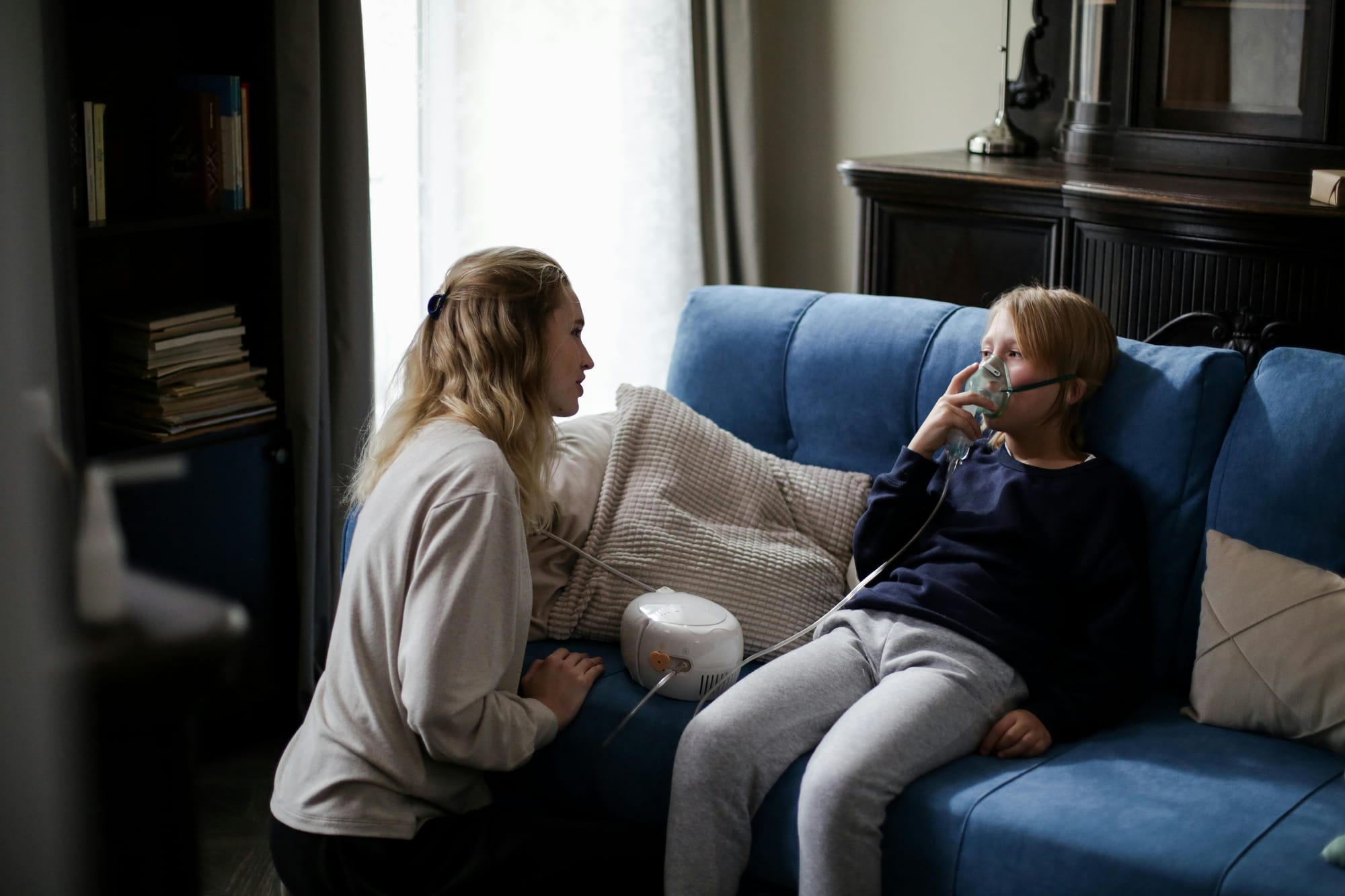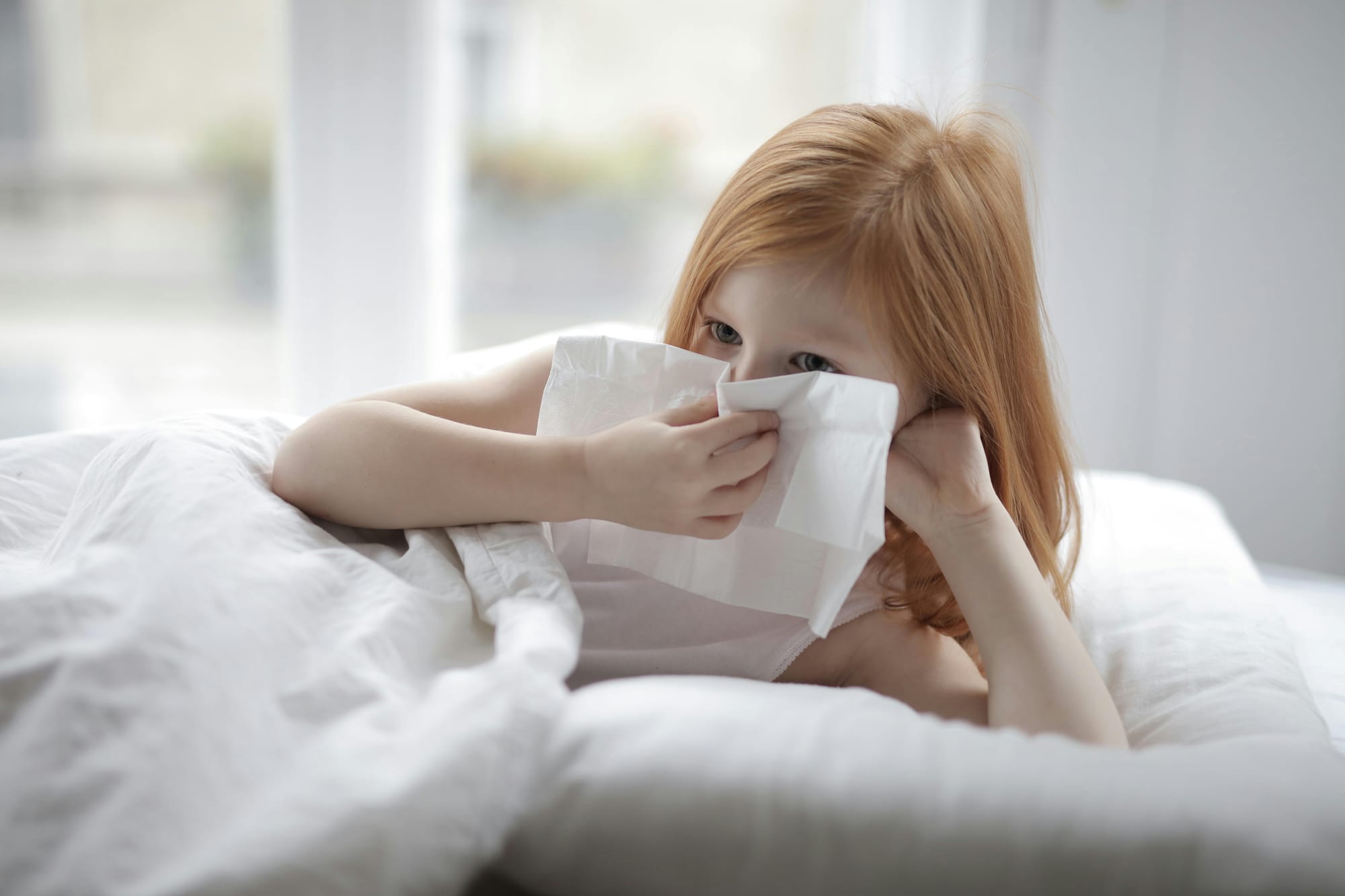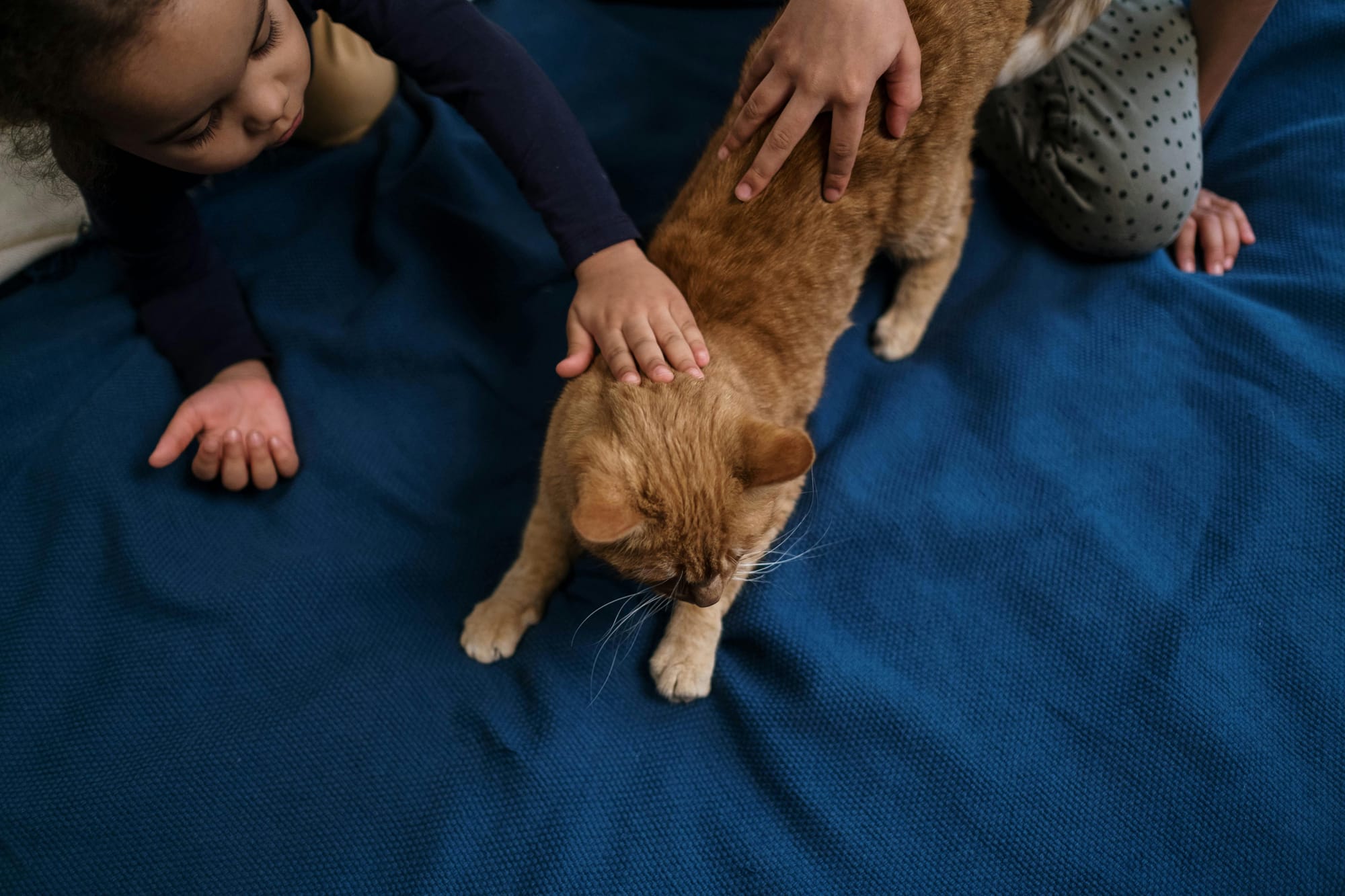Pet Allergy and Asthma in Kids: Causes, Symptoms, and Dander

Understanding Pet Allergy and Asthma in Kids
Children and pets often form strong emotional bonds, but when allergies and asthma come into the picture, that relationship can become complicated. Pet allergies in children are one of the most common triggers of allergic reactions, and for some, this can lead to chronic asthma symptoms.
According to the American Academy of Allergy, Asthma, and Immunology (AAAAI), approximately 10–20% of the global population is allergic to animals, and kids' health can be especially affected due to developing immune systems. If you think your child might be allergic, understanding how pet allergies are caused and how to manage them is critical for your family’s health and wellness.
What Causes Pet Allergies in Children?
Contrary to popular belief, pet hair itself is not the main allergen. The actual culprits are proteins found in an animal’s saliva, urine, and especially in dander—the microscopic skin flakes animals shed. When inhaled, these allergens can trigger a reaction, especially in children with a sensitive immune system or a predisposition to seasonal allergies.
Common Sources of Pet Allergens
- Pet dander allergy: Tiny particles of skin shed by cats, dogs, and other furry animals.
- Saliva and urine: Contain allergenic proteins that can stick to surfaces.
- Fur or feathers: May also trap other allergens like pollen and dust, increasing the risk.
Because cat dander is smaller and more airborne than dog dander, it tends to stay suspended longer and travel further—making cat allergy more common.
Recognizing Pet Allergy Symptoms in Kids
Understanding the signs of pet allergies in children can help you take early action. Not all symptoms appear immediately, and their intensity may vary depending on allergen levels in your home.
Common Allergy Symptoms
- Sneezing, runny or congested nose
- Itchy, red, or watery eyes
- Coughing or wheezing
- Skin rash or hives
- Worsening asthma symptoms (shortness of breath, chest tightness)
In some cases, pet allergy symptoms can be mistaken for a cold or another type of allergy, which is why allergy testing is so important.
Tip: A skin prick testing session with an allergy specialist can help identify the specific pet allergen causing your child’s discomfort.

How Allergies and Asthma Are Connected
Pet allergies and asthma are closely related. In fact, long-term exposure to animal dander can trigger a reaction in children with asthma, potentially worsening their condition.
If your child is allergic and already has asthma, exposure to even small amounts of pet allergen may lead to frequent flare-ups, nighttime coughing, and difficulty breathing.
Asthma Warning Signs Linked to Pets
- Persistent coughing, especially at night
- Wheezing when exhaling
- Difficulty catching breath after mild activity
- Sudden tightness in the chest
Steps to Take If Your Child Has Pet Allergies
Once you confirm your child has pet allergies, it’s time to develop an action plan to reduce exposure and manage symptoms.
Practical Steps You Can Take
- Keep pets out of your child’s bedroom — This is the most important allergen-free zone in your home.
- Remove the pet from your home — In severe cases, this may be necessary.
- Bathe your pet regularly to reduce the buildup of dander and saliva on the coat.
- Vacuum and dust regularly — Use a cleaner with a HEPA filter to remove fine pet allergen particles from carpets and upholstery.
- Wash bedding and clothes frequently, especially items your pet comes into contact with.
Treatment Options: Allergy Shots, Medications & Immunotherapy
If managing dander and reducing exposure to the animal doesn’t improve your child’s symptoms, it may be time to consider treatment options under the guidance of an allergist.
Allergy Treatments That May Help:
- Antihistamines: Reduce sneezing, runny nose, and itching.
- Nasal corticosteroids: Help reduce inflammation in nasal passages.
- Allergy shots (immunotherapy): A long-term solution that involves introducing small amounts of the pet allergen over time to build tolerance.
- Inhalers: If your child may also have asthma, your doctor might prescribe a daily control inhaler or a rescue inhaler.
Note: According to the American College of Allergy, Asthma & Immunology (ACAAI), immunotherapy may help reduce reactions over time for children who are allergic to cats and dogs.

Are Some Pets More Allergenic Than Others?
Yes, absolutely. While no pet is truly hypoallergenic, certain animals produce fewer allergens than others.
Pets More Allergenic or Less Allergenic?
- Cats and dogs both produce pet allergen proteins in their saliva, urine, and dander.
- Rodent pets like hamsters and guinea pigs can also produce allergens in bedding and urine.
- Furry pets generally trigger more reactions than reptiles or fish.
Certain breeds of dogs may shed less and produce less dander, but they are not allergen-free.
Tip: If you're considering getting a family pet, consult your allergy specialist first and explore pet-free or low-allergen alternatives such as reptiles or robotic pets.
How to Prevent My Child from Developing Pet Allergies
While genetics play a role in allergies in kids, there are steps you can take to reduce the risk, especially during early developmental stages.
Preventive Measures:
- Limit exposure before a child shows any symptoms.
- Use HEPA (high-efficiency particulate air) filters in your heating and air-conditioning systems.
- Ensure your child wash their hands after touching any animal.
- Keep carpets and upholstery clean to reduce allergen levels.
- Choose a type of pet that doesn't shed fur or flake skin, if possible.
Important: Studies suggest that early, controlled exposure might help reduce the risk of developing pet allergies in some children, though this depends on individual health and wellness factors.

Allergic Reactions in Kids: What Parents Should Watch For
Pet allergies and kids are more common than most parents realize. When a child begins to show symptoms—such as itchy eyes, sneezing, or wheezing—it may be due to exposure to dogs and cats, or environmental triggers like dust mites or mold. But how do you know it’s the pet?
The best way to know is to track when symptoms occur. If your child always has a runny nose after cuddling with the family pet or when entering certain rooms, it may indicate an allergic response.
What Causes Allergies in Kids?
- Histamine release in the body, triggered by contact with allergens, causes swelling, sneezing, and mucus production.
- Pet allergen particles are small and can remain airborne for long periods, increasing exposure risk.
- Allergies may worsen over time with increased contact, especially if levels in your house are not managed.
Even if you choose to keep your pet, simple adjustments—like using HEPA filters and designating pet-free zones—can make a noticeable difference in your child’s health.
Managing a Pet Dander Allergy Without Rehoming Your Pet
Discovering a pet dander allergy in your child can be stressful, especially if the family is emotionally attached to your furry friend. Thankfully, there are effective ways to manage symptoms without needing to part with your companion animal.
Practical Adjustments That Help:
- Designate your child’s bedroom as a pet-free zone to reduce overnight exposure.
- Vacuum regularly using a cleaner with a HEPA filter to capture fine dander particles.
- Bathe your dog or cat weekly to reduce the spread of dander.
- Avoid carpeting in your home, which can trap pet allergen particles and other triggers like dust mites.
Maintaining healthy levels in your house is essential to reducing flare-ups. And remember, every child is different—consulting with a pediatric allergy specialist is often the most effective step toward identifying and personalizing the right symptoms and treatment plan.

Final Thoughts: Balancing Pet Ownership and Children’s Health
If your child has pet allergies, it doesn’t necessarily mean saying goodbye to a beloved family pet. Managing pet allergies in children often requires a layered approach, from environmental adjustments to medical treatment options.
Key Takeaways:
- Consult with a trusted allergy specialist or pediatrician if you think your child is reacting to a dog or cat.
- Evaluate the risks of pet dander allergy, especially if your child also shows asthma symptoms.
- Consider both short-term relief and long-term strategies like immunotherapy.
- Modify your home environment—invest in HEPA filters, bathe pets often, and clean all areas of the house regularly.
Choosing to keep or remove the pet is a personal decision that should consider your child’s allergies, quality of life, and emotional well-being.
For more detailed guidance, visit:




